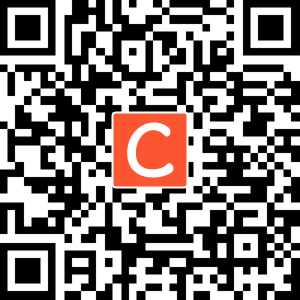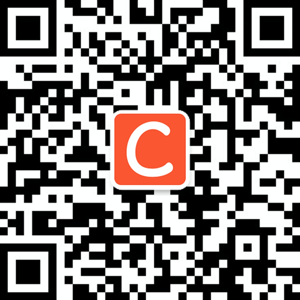微信小程序实现个人主页
时间: 2023-05-19 13:05:23 浏览: 1329
可以使用微信小程序的框架和组件来实现个人主页,具体步骤如下:
创建一个新的小程序项目,并选择合适的模板。
在小程序的 app.json 文件中配置个人主页的路由信息。
在个人主页的页面文件中,使用微信小程序提供的组件来实现页面的布局和功能,比如使用 view 组件来显示文本、图片等内容,使用 button 组件来添加按钮等交互元素。
在个人主页的页面文件中,使用微信小程序提供的 API 来获取用户信息、上传图片等操作。
在个人主页的页面文件中,使用微信小程序提供的事件机制来处理用户的交互行为,比如点击按钮、滑动页面等操作。
在个人主页的页面文件中,使用微信小程序提供的网络请求 API 来获取远程数据,比如用户的动态、评论等信息。
在个人主页的页面文件中,使用微信小程序提供的缓存 API 来缓存用户的数据,提高页面的加载速度和用户的体验。
在个人主页的页面文件中,使用微信小程序提供的分享 API 来实现页面的分享功能,让用户可以将自己的主页分享给朋友。
以上就是实现微信小程序个人主页的基本步骤,具体的实现细节可以根据具体的需求进行调整和优化。











